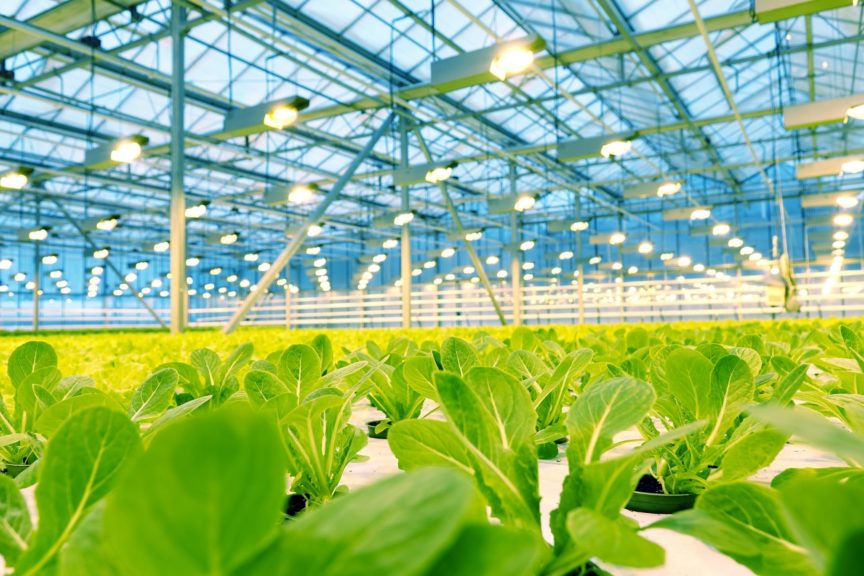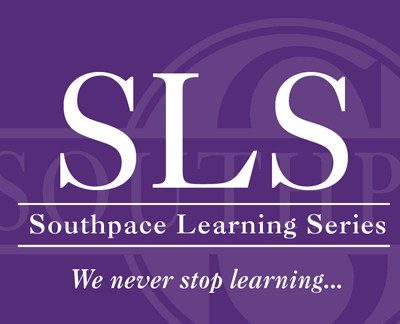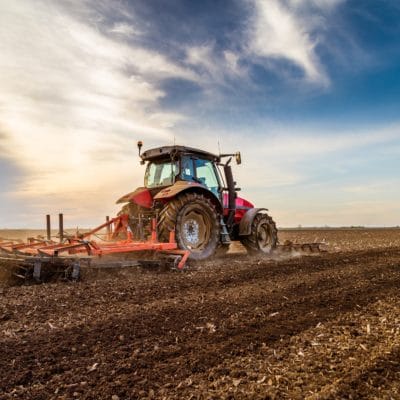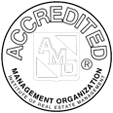Indoor Farming & Other Innovative Solutions with Industrial Real Estate

As the global population continues to grow, so does our food production challenges. Recent predictions show that the world’s population is projected to reach 9.7 billion people by 2050. Additionally, according to the Food and Agricultural Organization, almost 70 percent of that population will live in urban areas—where traditional farming is particularly challenging.
This rapid rise in global population coupled with pressure to feed said population, poses the need for creative agricultural solutions. As a result, the innovative practices of indoor farming, vertical farming, green roofs, and other environmentally sustainable food production practices are gaining traction, both with the agronomy industry as well as commercial real estate .
Understanding Indoor and Vertical Farming
As the name implies, indoor farming is the process of growing or producing food in a controlled environment, such as in industrial buildings, shipping containers, warehouses, and other indoor venues. The foods that can be grown, produced, and supported in these indoor environments are nearly endless. A single commercial real estate property could produce anything from fruits and vegetables to wheat and fish.
Another similar practice on the rise in sustainable agriculture is vertical farming, which involves growing food, either indoor or outdoor, in stacked layers as a means of capitalizing on available space. This is especially beneficial for producing food in urban areas, where space is particularly limited. Warehouses and distributions centers are especially well-suited for this type of growing venture, offering farmers extensive vertical and horizontal square footage to produce a harvest.
There are several methods of indoor farming, including aeroponics, hydroponics, and aquaponics. These innovative techniques are constantly being refined and improved, to produce high-quality fruits and vegetables all year-round. As a result, property owners and landlords are paying careful attention to the needs of their agricultural tenants to ensure they have the structural resources required to optimize yields, no matter what their indoor farming approach.
What Are The Benefits of Controlled-Environment Agriculture?
In addition to this ability to produce food year-round, there are several additional benefits offered through farming in controlled environments. Traditional agriculture faces a broad range of challenges—some due to the nature of farming itself, and others due to more contemporary situations. Unpredictable weather has always been an issue for farmers, with each season bringing with it uncertainties regarding rain levels, temperatures, and the risk of disease. More recent risks involve climate change, soil erosion of land overuse, and rampant upswings in demand to keep pace with rising populations.
Beyond producing food in areas where traditional farming isn’t possible, indoor farming also involves low water utilization and a lower dependence on soil fertility, agrochemicals, and weather conditions. Indoor farmers can even control carbon dioxide levels—an essential step in the effort to minimize atmospheric greenhouse gasses.
Indoor farming benefits consumers as well, especially in urban areas. Traditionally, farm-grown food is transported over significant distances to get from farm to store to the homes of consumers. As indoor farming continues to expand and permeate urban centers, fresh, high-quality produce will become more quickly and easily accessible.
The Future of Indoor Farming
While indoor farming is a relatively new innovation, there are already some significant players in the game. Many of these indoor farming companies are in the early stages of research development and practice, implementing different strategies to attract support and investments.
Carnegie Mellon University is one of many organizations developing integrated systems for vertical farming. Additionally, AeroFarms has been praised for its innovative vertical farming operations and aeroponic technology, and Plenty is reducing the water consumption of its vertical farms by 95 percent. Bowery Farming is another front runner, having raised more than $90 million in investments in 2018, and BrightFarms has recently secured $55 million in recent funding, setting an example for effective hydroponic farming.
Commercial Real Estate Investors Eyeing Indoor Farming Opportunities
As populations continue to grow at unprecedented rates, we must plan on ways to sustain these communities. Not only does traditional farming face the challenges of unpredictable weather and exhausted land, but as populations rise, it’ll become increasingly difficult for supply to meet demand. Indoor farming has the potential to transform the future of agriculture—and it may be a reality sooner than we realize. As a result, commercial real estate investors are maintaining a sharp focus on investment opportunities within the vertical, reconceptualizing their building to support and promote this emerging industry.
Contact Southpace Properties today for more information on commercial real estate buildings suited for indoor and vertical agriculture.










